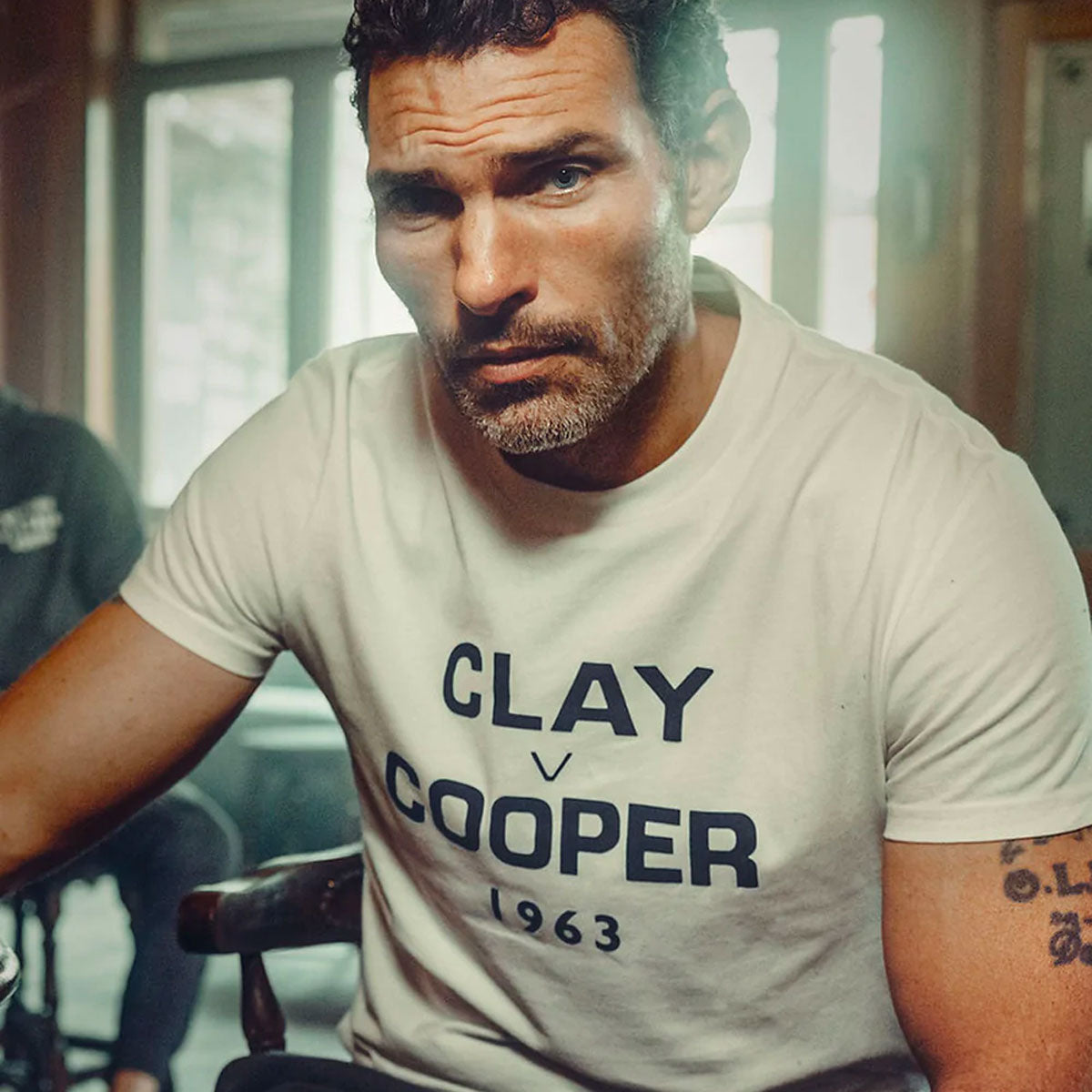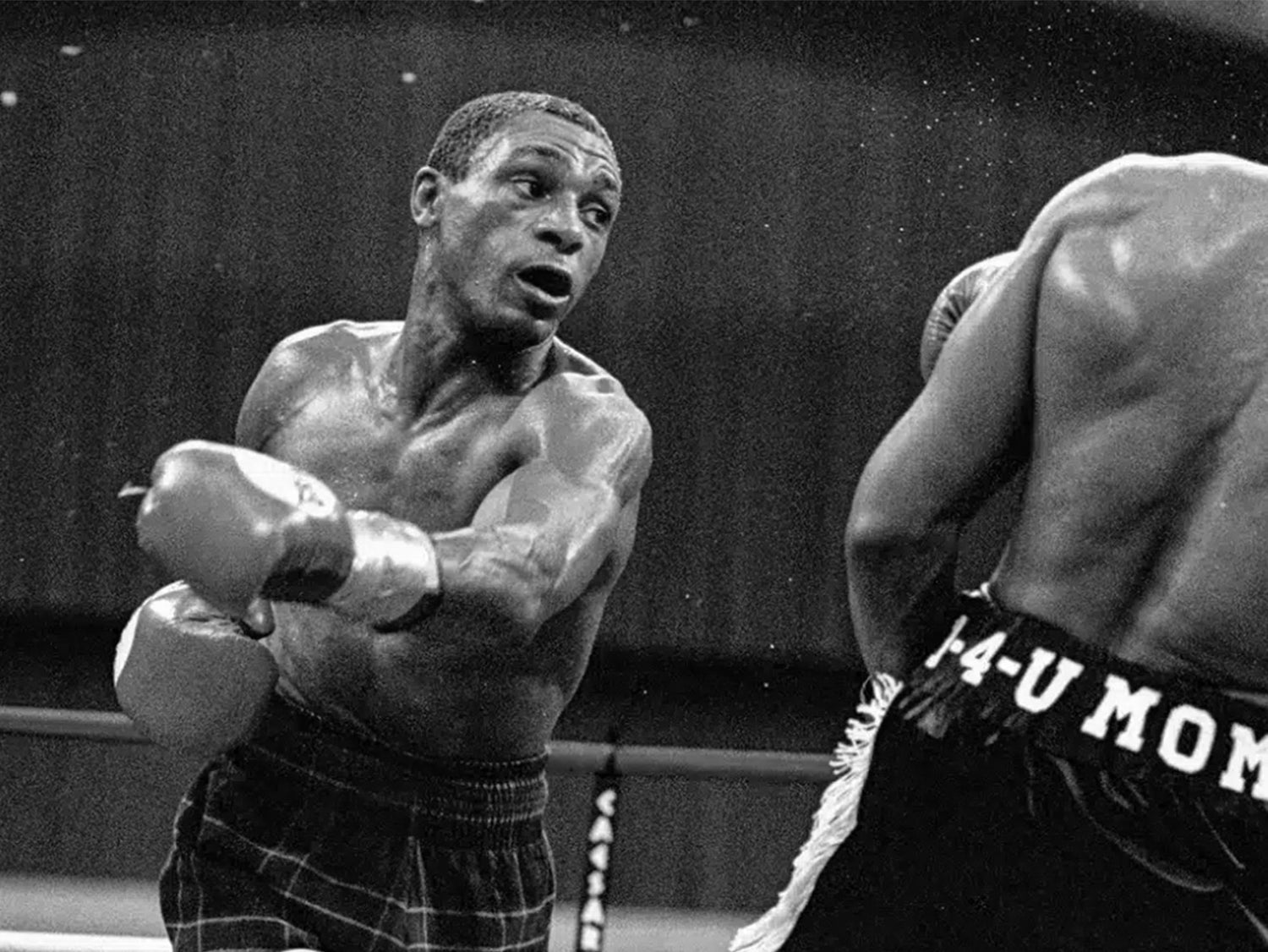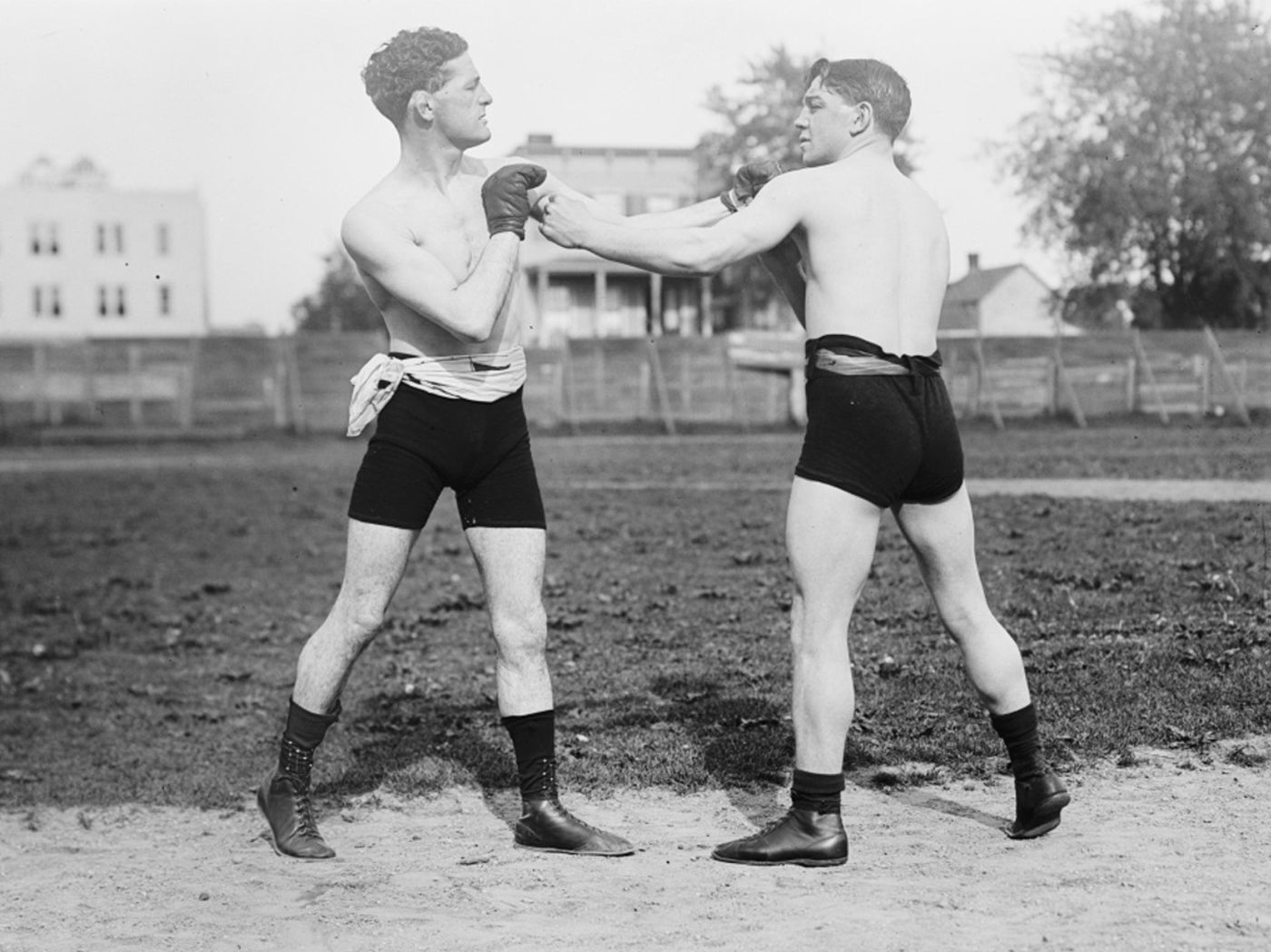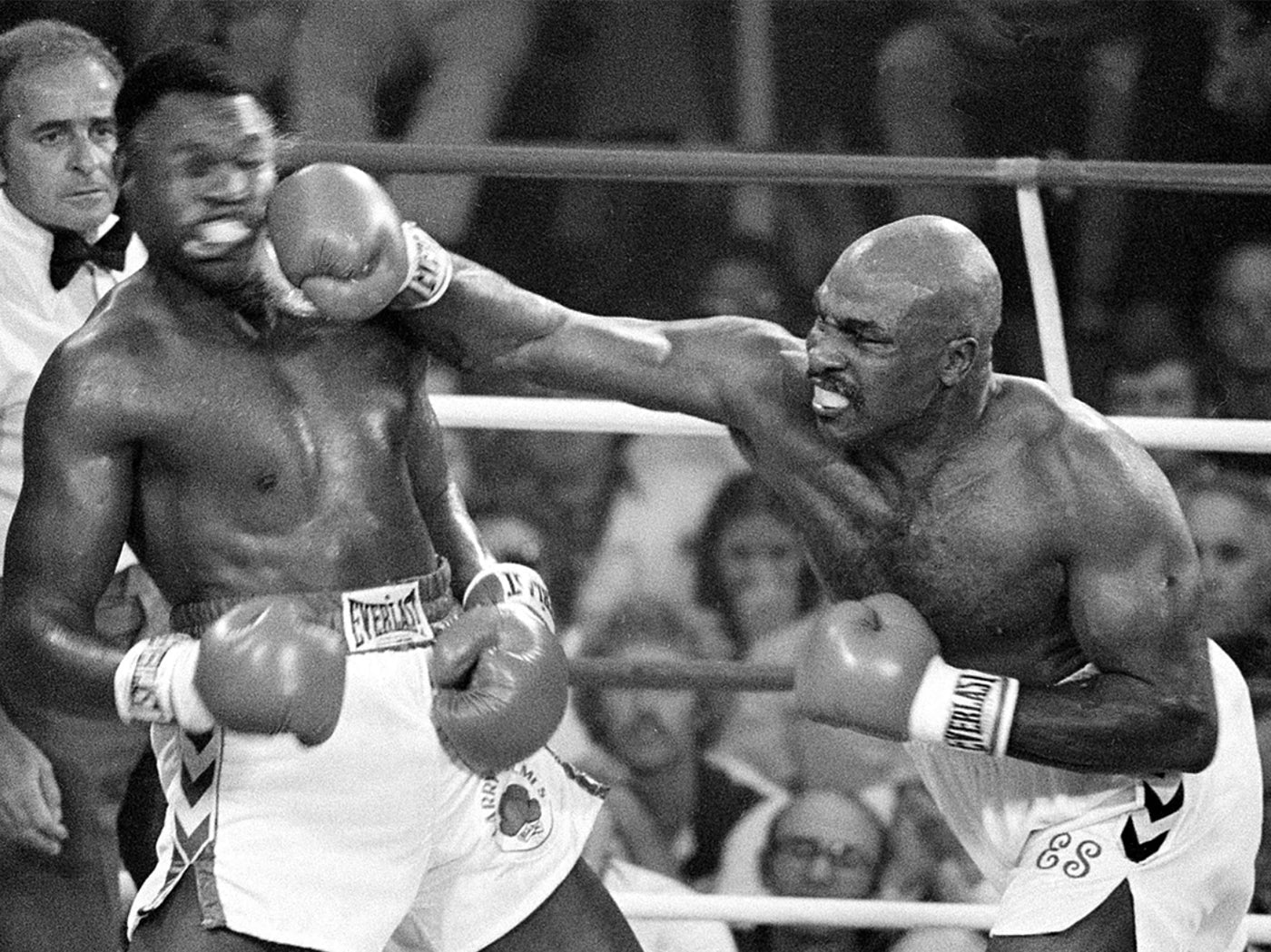Following on from Part One, we will now be looking at a further four iconic British greats never to fully grasp a world title, albeit, not for the want of trying.
TONY SIBSON
Leicester born Sibson grew up in gritty working class surroundings, took up boxing at a young age and cut his teeth working his way through the amateur ranks. Despite possessing natural aggression and strength, both in taking and landing punches, his style was not conducive to the amateur game. Unsurprisingly, the 18-year-old turned pro at the earliest opportunity, having his debut on 26 October 1976, winning by an eye catching first round knockout.

By 10 April 1979, Sibson’s record stood at 29-2-1 as he took on Frank Lucas for the recently vacated British Middleweight title, which Alan Minter had left behind in his pursuit of greatness. Sibbo knocked out Lucas in the fifth session and despite losing said title to teak tough Kevin Finnegan seven months later, he would regain the prestigious strap and defend it sufficiently over the coming years to own the Lonsdale belt outright. Let’s also not forget that during this time he also won the Commonwealth middleweight title.
In March 1980, Alan Minter defeated Vito Antuofermo in Las Vegas for the world WBC, WBA and The Ring middleweight titles, then defended the straps three months later at Wembley Arena. Unfortunately, he was dethroned by arguably the world’s best ever middleweight in Marvin Hagler in September 1980.
One year later and Sibson was now the holder of the European middleweight title, after an impressive points victory over Spaniard, Andoni Amana in May 1981. This only meant one thing – a domestic showdown with the recently dethroned world champion, Alan Minter. With all eyes on Sibbo, the 23-year-old knocked out Minter on 15 September 1981 in the third round, which catapulted him into top 10 world rankings. Had the fight have taken place the year before, Sibson may well have been world champion.

After winning his next four fights against highly rated opponents, of which two were European title defences and one was a final eliminator for the WBC middleweight title against Dwight Davison, on 11 February, Sibson dared to be great and took on ‘Marvelous,’ Marvin Hagler. Unfortunately, the Englishman was outgunned and stopped in the sixth round at the DCU Center, Worcester, USA, leaving Hagler to retain his world middleweight titles.
Undeterred, Sibson continued to defend his British, Commonwealth and European straps multiple times, before making a gutsy move up to light heavyweight to take on a 175lbs great in Dennis Andries. Unfortunately, with the British title and WBC world light heavyweight strap on the line, Sibson was stopped in the ninth.
Despite defending his British and Commonwealth straps one year later against Brian Anderson, with a seventh round TKO victory, on 7 February 1988, Sibson lost his final pro fight against American, Frank Tate for the IBF world middleweight title. Sibbo retired at 29 years old and many believed he may have stood a chance of honours in the newly created super middleweight division. He never made a comeback and sailed off into the sunset.
DAVE CHARNLEY
David Fraser Charnley was the son of Scottish parents who moved from Lanarkshire, Scotland to Kent and would soon pick up the moniker of the ‘Dartford Destroyer’ in the pro ranks. Three months after winning the bronze medal at the 1954 Commonwealth Games in Vancouver as a featherweight, 19-year-old Charnley made his pro debut on 19 October 1954 at the Harringay Arena, against Martin Ames, taking care of business with a third round stoppage.

By 1957 he became British lightweight champion, then in early 1959 avenged a loss to respected South African, Willie Toweel, and by doing so became the new Commonwealth lightweight champion. After two further victories, on 2 December 1959, Charnley, boasting a record of 33-5-1, took on long reigning world lightweight champion, Joe ‘Old Bones’ Brown at the Sam Houston Coliseum, Texas. Despite putting on a brave show, Charnley’s right eye was badly cut and the contest was brought to a halt before the start of the sixth stanza.
Not one to be disheartened, two months later Charnley defeated the French lightweight champion, Sauveur Benamou at the Empire Pool, Wembley, then five weeks later on 29 March 1960, stopped the reigning European lightweight champion, Mario Vecchiatto. Charnley would defend his European, Commonwealth and British crowns numerous times over the next three and a half years.

On 18 April 1961, Charno had another crack at Brown’s world title, rematching the champion at Earls Court Arena in front of an 18,000 strong crowd. This time, the Dartford Destroyer gave a great account of himself, narrowly falling short of victory on the scorecards, but providing those in attendance with a helluva show. So much so that Ring Magazine nominated the bout as their Fight of the Year for 1961. The pair would meet one last time in 1963, but unfortunately for Charnley, Brown had lost his world title against Carlos Ortiz. I say unfortunately because Charnley knocked out the American in six rounds.
Charnley is widely considered to be one of the best 135lbs fighter Britain has ever produced. A tricky southpaw with plenty of zap to his punches and an aggressive style, made him a handful for any elite fighter and a crowd favourite to watch. To many he was known as the Dartford Destroyer, but to those who got to know him, he was fondly remembered as a great gentleman.
ALAN RUDKIN
A piece about professional boxers who could or should have become world champions would not be complete without mention of Alan Rudkin MBE.

Rudkin was born in Wales in 1941 during the Second World War, but was soon evacuated to Liverpool, where he would grow as a proud Liverpudlian until his dying days in 2010. After turning pro in 1962, Rudkin clocked up 19 victories and one loss in just under three years to be crowned British and Commonwealth champion, after a knockout victory over Johnny Caldwell. Eight months later, on 30 November 1965 he challenged the legendary Fighting Harada in Japan, for his WBC world bantamweight strap. Unfortunately, Rudkin lost by a wide points decision.
Despite losing his British and Commonwealth straps to Walter McGowan in 1966, followed by an unsuccessful European title match against Mimoun Ben Ali in 1967, Rudkin reclaimed his British and Commonwealth straps against McGowan in 1968, which set him up for a fight against Australian, Lionel Rose on 8 March 1969, in Melbourne. Rose put his world WBC bantamweight crown on the table and Rudkin put his Commonwealth strap on the line.
Of the three world title shots Rudkin fought for, the Rose contest was debatably the one that should have seen him return as champion. Rose had a very good start, clearly dominating the first six of the 15 championship rounds, but from then on, Rudkin seemed to do enough to clinch the balance of the points. Of the three Australian judges ringside, one gave the contest to Rudkin, whilst the other two heavily favoured their home fighter. One of the judges embarrassingly gave all 15 rounds to Rose.
Undeterred, Rudkin defended his British strap three months later to earn him the Lonsdale belt outright and before the year was up, made another world title challenge against the newly crowned WBC champion, Ruben Olivares. Unfortunately, on 12 December 1969, Mexican supremo, Olivares dispatched of Rudkin in two rounds in Los Angeles, USA.
Despite making further defences of his British strap, winning back his Commonwealth title and even becoming European bantamweight champion, Alan Rudkin fought his last contest in January 1972, never having gained the ultimate 118lbs prize.
HEROL GRAHAM
Herol ‘Bomber’ Graham is a man who often comes up as the first answer when asked, ‘Which British boxer came agonisingly close to becoming world champion?’ A fighter who was kicked out of Roberto Duran’s training camp for being too good and a role model for so many up and coming fighters in decades gone, with his elusive catlike reflexes.

As an amateur, Nottingham born Graham became the junior world welterweight champion in 1976, beating future pro super welterweight world champion, John Mugabi in the final. After becoming ABA middleweight champion in 1978, he turned pro later that year and by March 1981 captured the British light middleweight crown (super welter in new money). Over the next two years he added the Commonwealth and European straps to his collection, before making the move up to 160lbs as a fully-fledged middleweight contender.
Between 1985 and 1986, Graham was crowned British and European middleweight champion, before incurring his first loss in nine years as a pro boxer, losing his European strap to the teak tough Italian, Sumbu Kalambay on a close points decision. 1988 saw Graham defend his British middleweight title a couple of times against noteworthy opposition in James Cook and Johnny Melfah, stopping them both in five rounds, and in doing so winning the Lonsdale belt outright.
On 10 May 1989, Graham made his first challenge for world honours, taking on the legendary Mike McCallum at the Royal Albert Hall, London for the vacant WBA world middleweight title. Unfortunately, it wasn’t to be, as the American walked away with a razor tight split decision victory.
After stopping Rod Douglas in nine rounds to defend his middleweight strap, Graham, now boasting a very impressive record of 43-2, made his second attempt to claim world honours against Julian ‘The Hawk’ Jackson, who was 40-1. Jackson reportedly had issues with his eyes and was even given the moniker of ‘The Cyclops’ by the gutter press, which consequently led to a number of countries refusing to commission the bout. In the end, they fought on Spanish soil on 24 November 1990.

From the opening bell, Graham dominated the contest, landing at will and showcasing his immense talent. The vacant WBC world middleweight crown looked like it was returning to England, when disaster struck in the fourth round. As Jackson was being dominated by Graham, the Virgin Island native’s corner were imploring him to get off the ropes and throw something back, but it was Graham all the way. Just as it looked like Bomber was about to bag another round, Jackson, whilst on the ropes threw an almighty right hook which caught Graham flush on the chin. The devastating punch kept Graham on the canvas for the full 10 count and it was a blow which he would never fully recover from mentally. Literally the only punch of any substance thrown in the whole fight by Jackson won him the fight……..but as they say, it only takes one punch.
Returning to the ring in 1991, Graham defended his British middleweight title against John Ashton, then suffered two back-to-back losses at the hands of Kalambay, once again for the European title and he lost his British title against Frank grant, suffering his second stoppage loss.
After a four-year absence, Graham returned to the ring at super middleweight, clocking up four victories on the bounce, including a win over Vinnie Pazienza for the WBC International super middleweight title. On 28 March 1998, 38-year-old Graham had his swansong against Charles Brewer at the Boardwalk Convention Centre, Atlantic City, challenging the American for his 168lbs IBF world title. In a contest which many thought Graham would get smoked early doors, the Sheffield trained fighter flipped the script and managed to knock down Brewer twice. Unfortunately, Brewer rallied back and stopped Graham in the tenth round, in a fight which was even on the scorecards at the time.
Herol Graham lost six out of his 54 pro outings. Five of those losses were against Hall of Fame world champions. If Graham were fighting today, with his crowd pleasing style and ridiculous amount of talent, he would have no doubt been a multi weight world champion and a very rich man.
Paul Zanon, has had 11 books published, with almost all of them reaching the No1 Bestselling spot in their respective categories on Amazon. He has co-hosted boxing shows on Talk Sport, been a pundit on London Live, Boxnation and has contributed to a number of boxing publications, including, Boxing Monthly, The Ring, Daily Sport, Boxing News, Boxing Social, amongst other publications.

